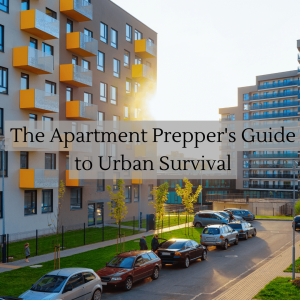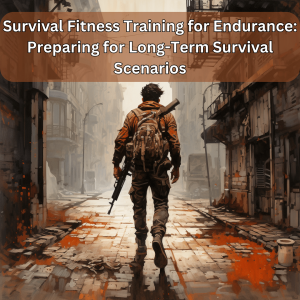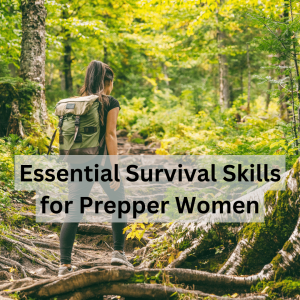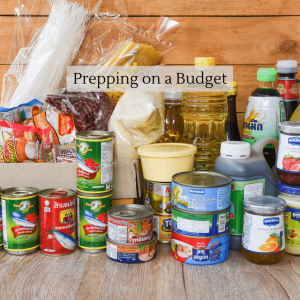Preparing for emergencies is a responsible step in safeguarding yourself and your loved ones. One crucial aspect of emergency preparedness is having an adequate supply of food. However, simply stockpiling food is not enough. To ensure the longevity and nutritional value of your emergency food supplies, proper storage and rotation are essential. In this article, we will discuss effective strategies for storing and rotating emergency food supplies, so you can be well-prepared in times of crisis.
How to Store and Rotate Emergency Food Supplies
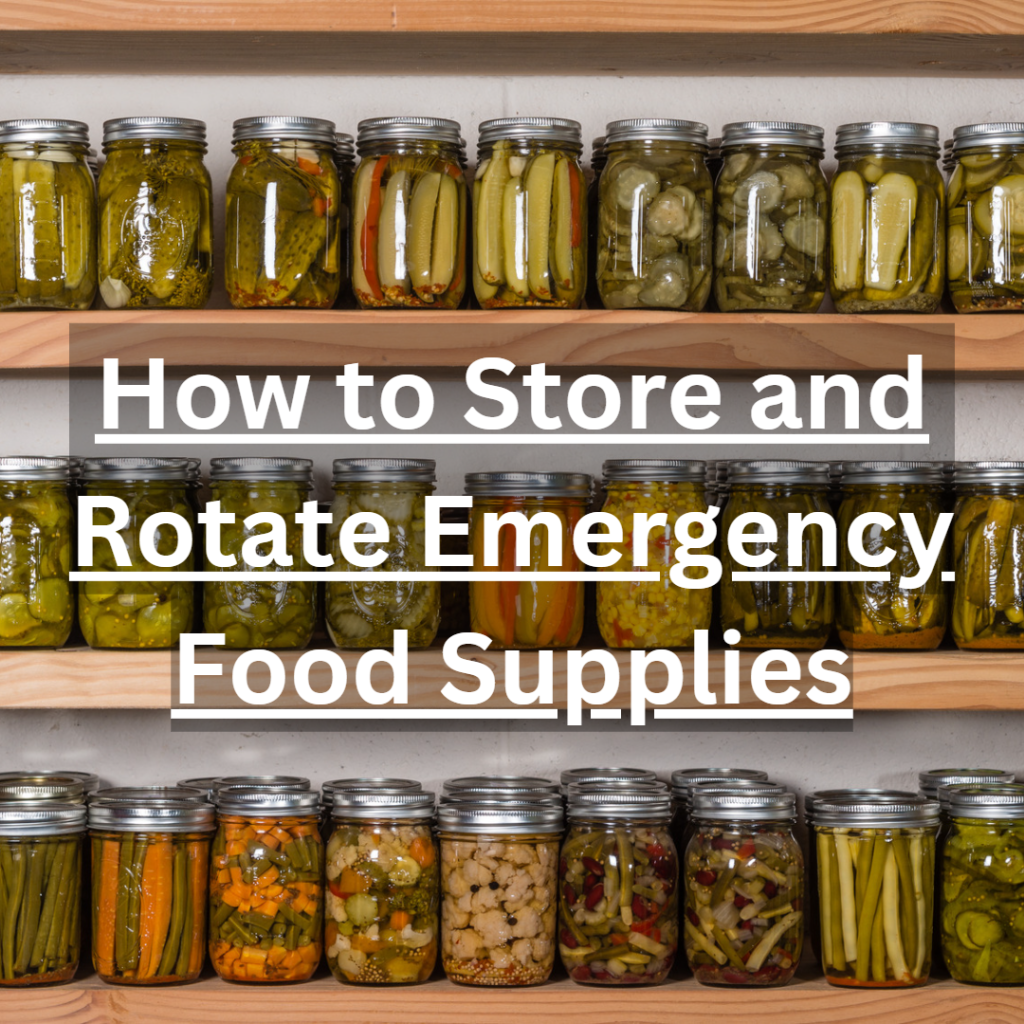
- Choose the Right Storage Containers: When it comes to emergency food storage, selecting the right containers is crucial. Opt for airtight containers made of durable materials such as plastic, glass, or metal. These containers should have tight-fitting lids to prevent air and moisture from entering, which can lead to spoilage. Vacuum-sealed bags and Mylar bags with oxygen absorbers are also excellent options for long-term food storage.
- Find the Right Location: Selecting an appropriate storage location is vital for maintaining the quality of your emergency food supplies. Ideally, choose a cool, dry, and dark area in your home. Avoid places with high humidity, direct sunlight, or fluctuating temperatures, as these can accelerate the degradation of stored food. Basements, pantries, and closets can be suitable storage spaces if they meet the recommended conditions.
- Practice First In, First Out (FIFO): FIFO is a storage and rotation method used in various industries, including emergency food supplies. The principle is simple: use the oldest food first to prevent items from expiring or losing nutritional value. When adding new food to your stockpile, place it at the back and move older items to the front. This way, you naturally consume the oldest items first and reduce the risk of waste.
- Monitor Shelf Life: Different types of emergency food have varying shelf lives. It’s important to be aware of the expiration dates and rotation schedules for the items in your stockpile. Canned goods, for example, can generally last for several years, while freeze-dried or dehydrated foods often have a shorter shelf life. Regularly check the labels and keep a record of the expiry dates to ensure you consume the food before it expires.
- Regularly Inspect and Rotate: Don’t let your emergency food supplies become forgotten. Schedule regular inspections of your stockpile to check for any signs of spoilage, damage, or expiration. Look out for bulging cans, rusted containers, or foul odors, as these can indicate compromised food. Rotate any items that are approaching their expiration dates by using them in your daily meals or donating them to local food banks.
- Maintain Proper Hygiene: Cleanliness and hygiene are essential factors in storing emergency food supplies. Before storing any food, ensure that the containers and storage area are clean and free from pests. Wipe down the containers to remove any residue or spills that could attract insects or rodents. Additionally, wash your hands thoroughly before handling any food items to prevent contamination.
- Consider Nutritional Balance: While stockpiling food for emergencies, aim for a well-balanced and nutritious selection. Include a variety of non-perishable items such as canned fruits and vegetables, whole grains, protein sources (canned meat, beans, or peanut butter), and vitamin supplements. Keep in mind any dietary restrictions or special needs within your household.
- Educate Yourself: Lastly, familiarize yourself with the specific storage requirements and recommendations for different types of emergency food. Some items may require refrigeration, while others can be stored at room temperature. Proper knowledge about the foods you store will help you make informed decisions and maintain the quality of your supplies.
By following these guidelines, you can store and rotate your emergency food supplies effectively. Remember, preparation is key, and having a well-maintained stockpile ensures that you are ready to face unforeseen circumstances. Stay proactive, stay informed, and stay safe.
